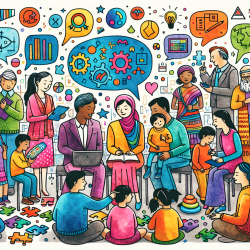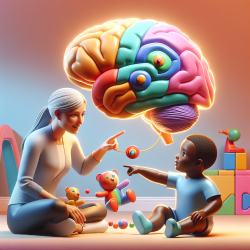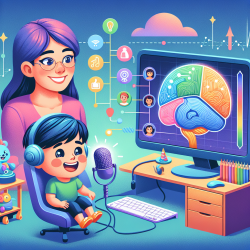As a practitioner in the field of mental health, staying updated with the latest research is crucial for delivering effective treatment. A recent study titled "Working Alliance in Blended Versus Face-to-Face Cognitive Behavioral Treatment for Patients with Depression in Specialized Mental Health Care" offers valuable insights that can help you refine your therapeutic approaches.
Key Takeaways from the Study
The study compared blended cognitive behavioral therapy (bCBT) with traditional face-to-face CBT in treating patients with major depressive disorder (MDD). Here are five essential takeaways:
- Working Alliance Ratings: Both bCBT and face-to-face CBT received high ratings for working alliance from both patients and therapists. This indicates that incorporating online sessions does not negatively impact the therapist-patient relationship.
- Task Agreement: There was a moderate positive association between patient and therapist ratings on task components, suggesting that agreement on therapeutic tasks is a key element of a successful alliance.
- Depression Severity and Alliance: In face-to-face CBT, higher working alliance ratings were associated with lower depression severity. However, this association was not observed in bCBT, suggesting that other factors might play a role in blended therapy.
- Therapist Time Investment: Therapists spent more time overall in bCBT during the initial weeks, which might contribute to the early decrease in depression severity observed in the blended group.
- Implications for Practice: The findings suggest that blended therapy can be as effective as face-to-face therapy, offering flexibility without compromising the therapeutic relationship. This can be particularly beneficial in scenarios with therapist shortages or for patients with limited access to face-to-face sessions.
How to Implement These Findings
To incorporate these insights into your practice, consider the following steps:
- Adopt a Blended Approach: Integrate online sessions into your traditional face-to-face therapy to provide flexibility and reach more patients.
- Focus on Task Agreement: Ensure that both you and your patients are on the same page regarding the tasks and goals of the therapy.
- Monitor Alliance and Outcomes: Regularly assess the working alliance and its impact on treatment outcomes, especially in face-to-face settings.
- Manage Time Effectively: Be mindful of the time investment required for online feedback and sessions to maintain a high-quality therapeutic relationship.
- Stay Informed: Keep up with ongoing research to continuously refine your therapeutic techniques and approaches.
For a deeper dive into the research, read the original research paper.










